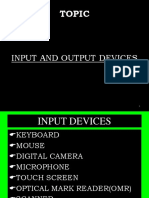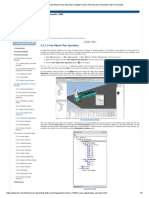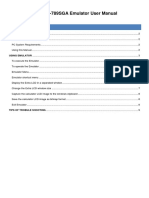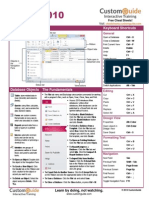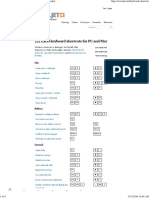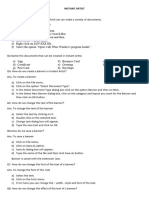0% found this document useful (0 votes)
36 views10 pagesIntroduction To Input and Output Devices
Input and output devices are crucial for computer systems, enabling data entry and information presentation. Input devices include keyboards, mice, scanners, and microphones, while output devices encompass monitors, printers, and speakers. Each category features various types and technologies tailored for specific user needs and functionalities.
Uploaded by
sasuketeam7aCopyright
© © All Rights Reserved
We take content rights seriously. If you suspect this is your content, claim it here.
Available Formats
Download as PPTX, PDF, TXT or read online on Scribd
0% found this document useful (0 votes)
36 views10 pagesIntroduction To Input and Output Devices
Input and output devices are crucial for computer systems, enabling data entry and information presentation. Input devices include keyboards, mice, scanners, and microphones, while output devices encompass monitors, printers, and speakers. Each category features various types and technologies tailored for specific user needs and functionalities.
Uploaded by
sasuketeam7aCopyright
© © All Rights Reserved
We take content rights seriously. If you suspect this is your content, claim it here.
Available Formats
Download as PPTX, PDF, TXT or read online on Scribd
/ 10














































